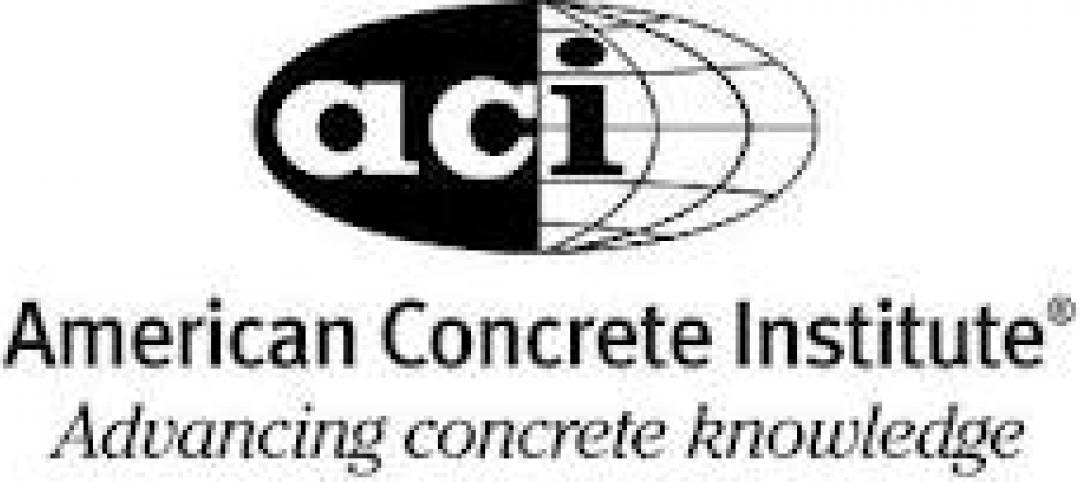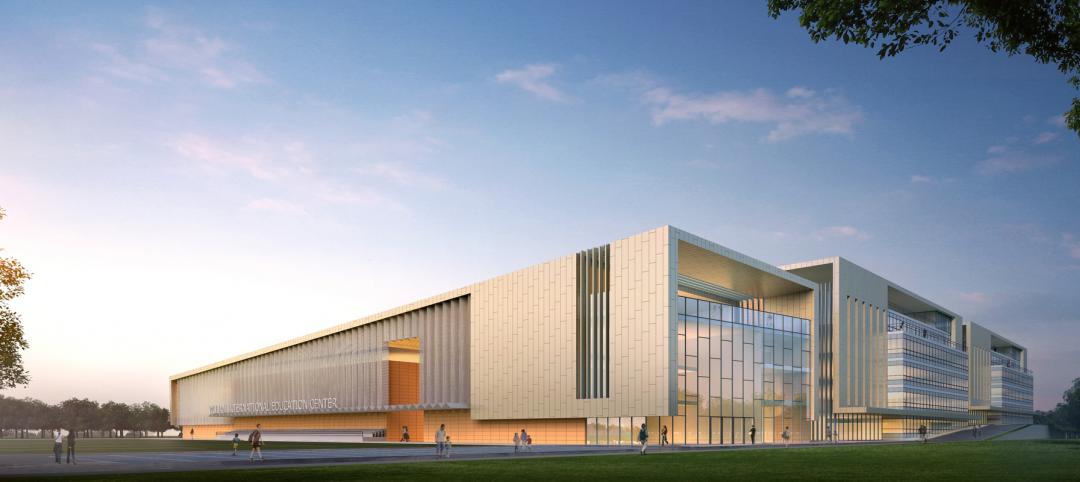Projects are being impacted by industry challenges as well as other macro-level forces at a pace not seen before. While the market conditions may be extraordinary, one thing remains true: A late project impacts revenue and production as well as commitments made to your key customers.
The good news is, setting realistic expectations for both your internal team and the team you hire to manage and build your project will help you avoid common pitfalls so you can experience a better, more predictable outcome.
Here are three characteristics of effective owner project planning:
1. Plan Project Success with Your Internal Team First
Before you engage a designer and contractor, know what you need and where you can (and can't) compromise. Think of it as a pre-plan. Start by defining your specific short-term business needs and your long-term goals. Delaying or skipping this pre-plan process can lead to less flexibility in your decision-making down the road.
Keep in mind that your needs and the order you prioritize them can look very different from project to project. For many clients, avoiding unplanned shutdowns is critical, while for others, cost of schedule (COS) is a driving factor: It defines the daily cost, typically in dollars, for every day the job is not complete.
There are a number of other factors that drive decision making, and a great place to turn for insight is your internal stakeholders who are directly or indirectly impacted by the project; some key areas to plan for might include:
- Environmental, health and safety measures include identifying prequalified contractors and subs who meet your safety requirements.
- Quality control when installing specialized equipment and MEP systems to industry specifications. This could also include the reduction of airborne contamination when working in adjacent areas such as CGMP spaces.
- Coordination of owner-purchased, contractor-installed equipment.
- Planning and communication for shutdowns and tie-ins so interruptions are planned, including an appropriate sign-off process from all impacted parties.
- Ability of the team to test, commission and validate installed systems.
Another critical part of the process is contingency planning. Inevitably, challenges or delays will occur. Establish cost and schedule contingencies to avoid disappointment, especially with external forces like COVID-19, labor shortages, supply chain delays, fluctuating prices, delayed quotes and cost increases on delayed projects that come back online. Keep your design and construction experts on speed dial; reach out to them early and often about market conditions, potential project risks and expectations.
Be careful not to get completely wrapped up in things you can’t control. Take time also to define successes and the key priorities by which these will be measured. Internal and external factors developed from the examples above can help, along with other points like contractor turnover date, design aesthetics, budget and diverse spending. With your definition for success and priorities in hand, work backward to list them from most to least important.
2. Select the Appropriate Contract Delivery Method
Decide which contract delivery method best aligns with your needs and top priorities; this could be design-build, CM-R, design-bid-build, IPD or EPC. Schedule and project design complexity, desire for cost transparency and the ebb and flow of market conditions should all be considered in selecting the appropriate contract delivery method.
Evaluating the inherent strengths and weaknesses of the delivery methods against the project goals is an essential step. Still, it is important to know there is no “go-to” delivery method that fits every owner or every project. Keep an open mind on which delivery method works best and be willing to embrace change.
3. Define Project Goals, Measures and Accountability
Once you select a project team (designer, contractor or design-builder), communicate your goals and needs in writing and create metrics to measure progress. One way to do this is to clearly define your conditions for success. Work with the project team to develop mutually agreeable metrics that align with your project priorities. Monitoring weekly progress will keep tasks on schedule and your priorities at the forefront during construction.
Encourage the project team to quickly voice any concerns before they become significant issues. Establishing an open line of communication between the internal team, designer and contractor provide a “working together” mindset to set the stage for success: When a team has discussions upfront, the project runs smoother, there are fewer changes and unknown costs and there is a better outcome for all in the end.
Describing the objectives of the finished project and the business value the project will achieve makes it crystal clear to all on the team what each member is striving toward. Measuring progress regularly enforces accountability. Specific project metrics will differ for each job, but you can determine an agreeable process for everyone to follow by effectively communicating with the project team.
A successful building project begins well before groundbreaking or moving equipment. It starts from within: within your internal team building consensus on why you are making this investment, within the process to select the best contract method that aligns with your definition of success and within the project team knowing that everyone is walking the same path to that success.
Related Stories
| Feb 23, 2012
Regulators investigating construction accident at World Trade Center
The New York Port Authority and the city’s fire and building departments are investigating an accident at the World Trade Center construction site in lower Manhattan after a crane dropped steel beams that fell about 40 stories onto the truck that delivered them.
| Feb 23, 2012
New Virginia statewide building code goes into effect March 1
After March 1, all building plans in Virginia must adhere to the 2009 code that was adopted a year ago.
| Feb 23, 2012
Privatizing flood insurance could lead to new code requirements
One thing that could pave the way toward private flood insurance would be NFIP reforms, like requiring new construction in flood-prone areas to be elevated.
| Feb 22, 2012
ACI BIM manual for cast-in-place concrete in development
The improved communication, coordination, and collaboration afforded by BIM implementation have already been shown to save time and money in projects.
| Feb 22, 2012
Siemens earns LEED certification for Maryland office
The Beltsville facility, which also earned the ENERGY STAR Label for energy performance, implemented a range of energy efficiency, water conservation and sustainable operations measures as part of the certification process.
| Feb 22, 2012
CISCO recognizes Gilbane for quality construction, design, and safety
The project employed more than 2,000 tradespeople for a total of 2.1 million hours worked – all without a single lost-time accident.
| Feb 22, 2012
Perkins Eastman expands portfolio in China and Vietnam
Recent awards, project progress signal ongoing commitment to region.
| Feb 22, 2012
Suffolk awarded Boston post office renovation project
Renovation of art deco landmark will add 21,000 square feet of retail and 110 new parking spaces.
| Feb 21, 2012
Top 10 trends in commercial lenders’ environmental due diligence
EDR offers free webinar on February 22, 2012 at 1 p.m.
| Feb 21, 2012
Three Goettsch leaders elevated to AIA College of Fellows
Honor recognizes significant contributions to architecture and society.

















